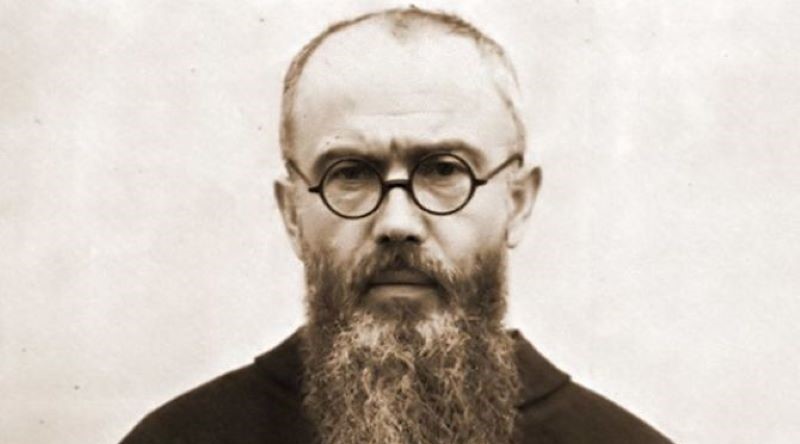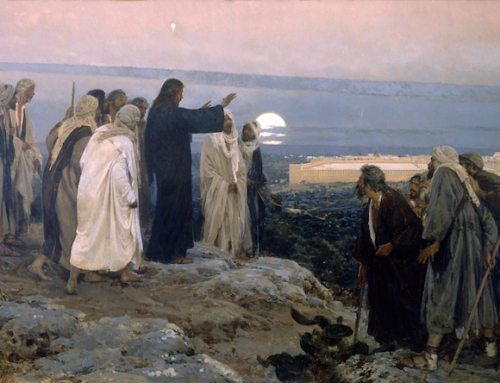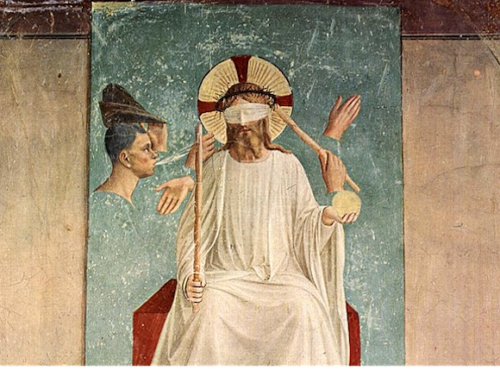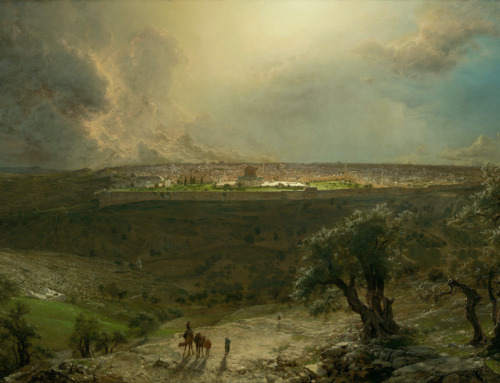I found Steve staring at Saint Maximilian Kolbe.
In a hallway at St. Anthony’s Shelter—the homeless shelter where Steve was staying—hung an enormous portrait of Kolbe, right by Steve’s room. Next to the painting was a tiny plaque describing the heroic life of the Franciscan Martyr. Steve took in that short description of St. Maximilian’s self-sacrifice. He read about that glorious day at Auschwitz when the Polish priest freely offered his own life for a man he hardly knew. He read the succinct justification Kolbe offered as he eagerly imitated his Lord in that singular act of unanticipated generosity: “I am a Catholic priest.”
I was surprised to see Steve staring so intently. I had known him for a few months, and he had made it known to me and the rest of the staff of the Catholic shelter that he had no interest in our Christian faith. Steve was at St. Anthony’s to get back on his feet, nothing more.
But his posture was different that day. He had formerly mocked me for my belief, but, that day, he asked me earnestly, “Why would anyone do this?” Why, he wanted to know, would a man reach out and embrace death when he could have just as easily clung to life?
“Jesus.”
He may have expected my response, and he met it with a solemn nod. He went into his room.
What eloquent preaching of St. Maximilian Kolbe! And what a gift to me: to see a man’s interaction with the living God, a God alive in his saints. Steve’s encounter with a portrait, with a blurb, prompted an internal division. Part of him—perhaps the dominant part—wanted to ridicule, while the other could not help but wonder if Maximilian Kolbe was a man worthy of his deepest respect.
I knew Steve as a man who had taken a string of losses, as a hapless drifter who was trying desperately to get things right. One Steve looked at Maximilian Kolbe with a befuddled frustration. How aggravating it was to see someone be so careless with their life, especially while Steve was doing his best to get his own back on some kind of track! Vices gripped Steve, and they were killing him; what a pain it was to see someone, free from vice, willingly let go of his own life.
And yet that day there seemed to be another Steve—one who looked on this image with ineffable admiration. Steve’s eyes, his whole demeanor suggested a hope inexpressible. “Maybe,” he thought, “Maybe Maximilian Kolbe’s reason was real. What if Jesus is worth dying for?”
The mechanics of conversion are puzzling, and they pit a man against himself. Jesus was working in Steve through splitting the jaded man from the new one, a man eager to trust in love. Christ warned us that his message would divide the world, and that division is internal, too. Christ divides someone when his words get between the chinks in the armor, when the God-man launches a battle in the very soul of a person.
Jesus divides to conquer. Our Lord need not be on the dominant side of the battle to win a glorious victory. Using an encounter with St. Maximilian Kolbe’s heroism, Jesus began his victory march in Steve.
✠
Photo of St. Maximilian Kolbe (public domain)







